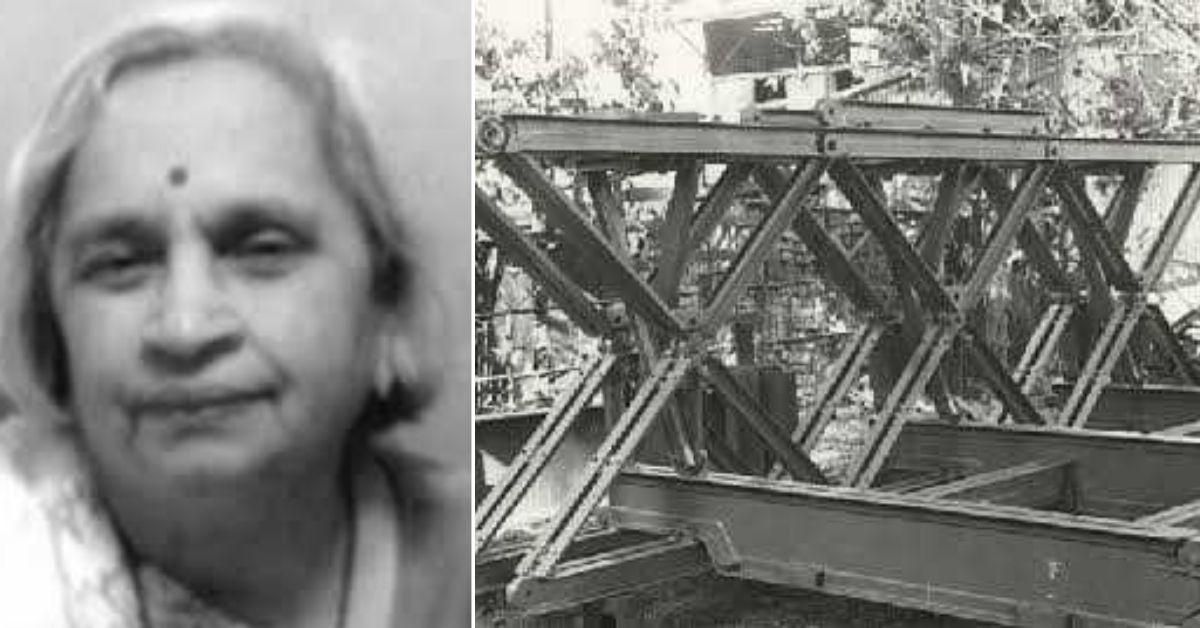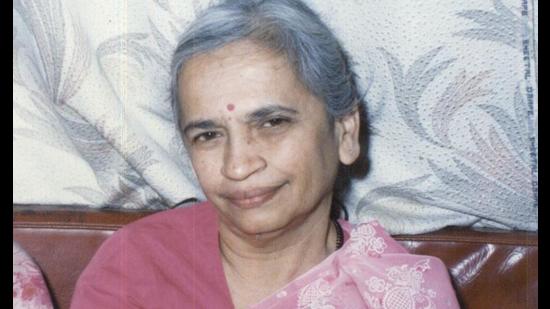Long before gender equality became a movement and “women in STEM” turned into a campaign slogan, one woman was already transforming India’s landscape—Shakuntala A. Bhagat, the nation’s first woman civil engineer. Her pioneering work in the 1950s not only revolutionized Indian bridge design but also broke barriers for women in one of the country’s most male-dominated professions.
A Visionary Engineer Ahead of Her Time
Graduating from Veermata Jijabai Technological Institute (VJTI) in 1953, Shakuntala Bhagat was India’s first woman to earn a degree in civil engineering. She furthered her education with a master’s in structural engineering from the University of Pennsylvania, at a time when very few Indian women even pursued higher studies abroad.
When India was still laying the foundations of its modern infrastructure, Shakuntala decided to literally help build it. Alongside her husband, Dr. Anant Bhagat, she co-founded Quadricon Pvt. Ltd., a company that would soon redefine bridge construction in the country.
Revolutionizing Bridge Design with the Quadricon System
The Bhagats introduced the Quadricon system, a groundbreaking modular steel bridge design that was lightweight, prefabricated, and easy to assemble, even in difficult terrains. This innovation slashed both cost and time in infrastructure projects—making bridges accessible to remote parts of India where traditional methods were impossible.
The Quadricon system gained international recognition and multiple patents, putting Indian engineering innovation on the global map. Shakuntala also patented another structural advancement—the Unishear Connector, which enhanced the strength and durability of steel bridges.

Defying Stereotypes, Building a Legacy
In an era when women engineers were a rarity, Shakuntala Bhagat could be seen at bustling construction sites—helmet on, blueprints in hand—leading teams and overseeing large steel structures. Her presence was not just symbolic; it was revolutionary. She defied gender norms and opened doors for generations of Indian women to step confidently into technical fields.
Her quiet resilience and technical brilliance inspired respect across the engineering world. Though her name is seldom found in textbooks, her influence endures in every modular bridge that connects India’s towns, villages, and cities.
A Bridge Between Eras
Shakuntala Bhagat’s story is not just about steel and design; it’s about courage, intellect, and vision. She built more than physical bridges—she built bridges of opportunity for women who dared to dream beyond societal limits.
Seven decades later, as India accelerates toward a new era of infrastructure growth, her legacy continues to remind us that progress begins when someone dares to cross the first bridge.


